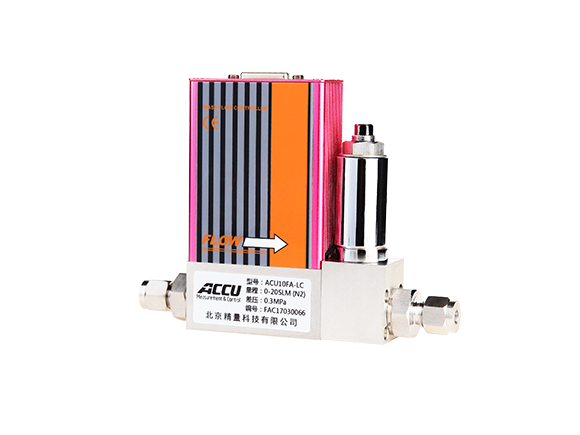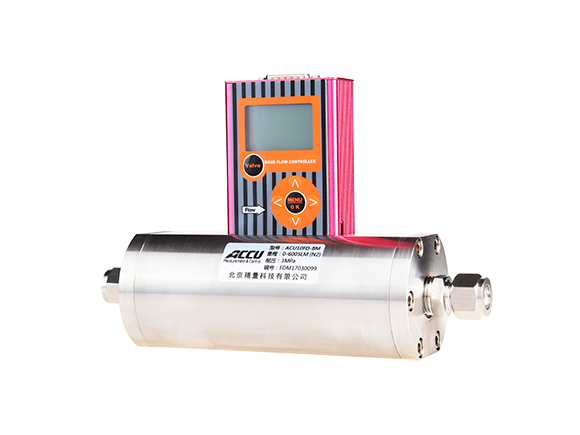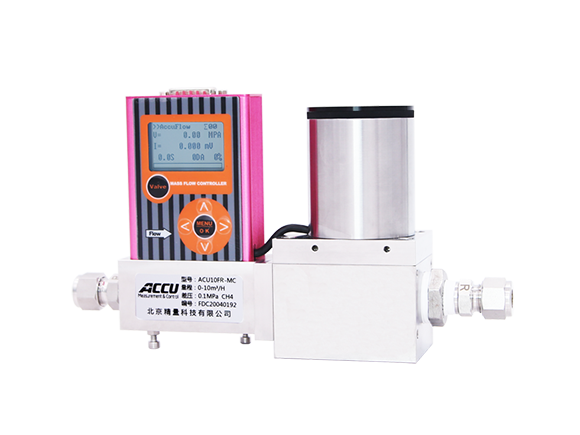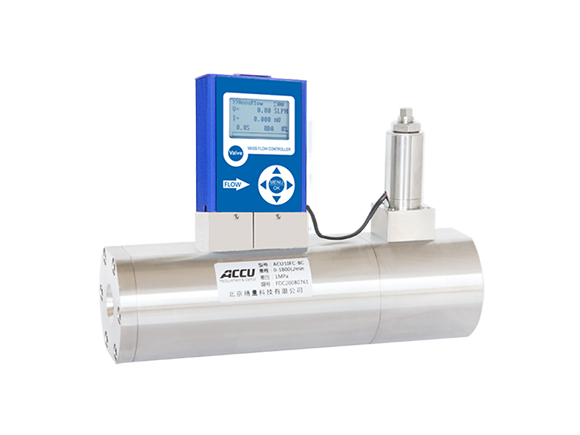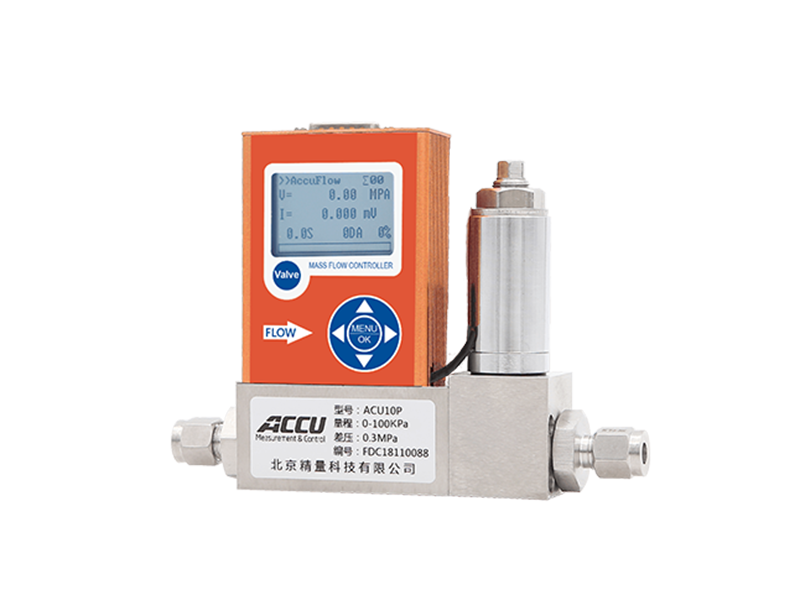Causes and handling methods of orifice flow meter errors
Orifice flow meters are currently the primary means of measuring the flow rate of gases, steam, liquids, and other media in the petroleum, chemical, metallurgical, power, heating, and water supply industries.
1. Changes in the flow cross-sectional area: In field applications, a layer of dirt or impurities may adhere to the surface of the orifice plate, causing a reduction in the flow cross-sectional area, increasing the measured differential pressure, and thus increasing the measured flow rate.
Solution: Check if the area around the orifice plate is clean and clean it.
2. Transmitter zero drift: If used for a long time, the zero point of the transmitter may drift. If it is a positive drift, the displayed differential pressure will increase, and the displayed flow rate will increase.
Solution: Calibrate the zero point of the transmitter.
3. Insufficient upstream and downstream straight pipe sections: If the upstream and downstream straight pipe sections are insufficient, the gas will not be fully developed, which will cause a large error in the measurement results. If there is a single elbow or a planar double elbow in the upstream specified straight pipe section, the measurement results will be higher.
Solution: Modify the steam pipe to meet the specified requirements for the upstream and downstream straight pipe sections. Install a flow straightener before the flow meter.
4. Orifice plate thickness does not meet the regulations: The standard stipulates that the orifice plate thickness should be between the orifice plate opening thickness e and 0.05D. If it exceeds this range, the resistance loss of the gas flowing through the orifice plate will increase, causing the measured value to be higher than the actual value.
Solution: Check the thickness of the orifice plate. If it exceeds this range, replace it.
5. Leakage of the three-valve assembly of the differential pressure transmitter: If the low-pressure valve in the three-valve assembly leaks, the measured differential pressure will increase, and the measurement result will increase. Solution: If the low-pressure valve in the three-valve assembly leaks, tighten the valve and replace it if necessary.
6. Unequal isolation liquid levels: The liquid level in the pressure pipe from the condenser to the differential pressure transmitter is to isolate the high-temperature medium from the differential pressure transmitter and protect the differential pressure transmitter. If the low-pressure measurement liquid level is higher than the high-pressure measurement liquid level, the measured differential pressure will increase, and the measured flow rate will increase.
Solution: Check if the heights of the high and low-side condensers are consistent. If not, correct them. Check if the height of the condenser is higher than the steam pipe. If it is lower than the pipe, raise the height of the condenser.
Previous page
Previous page:
Related Products


